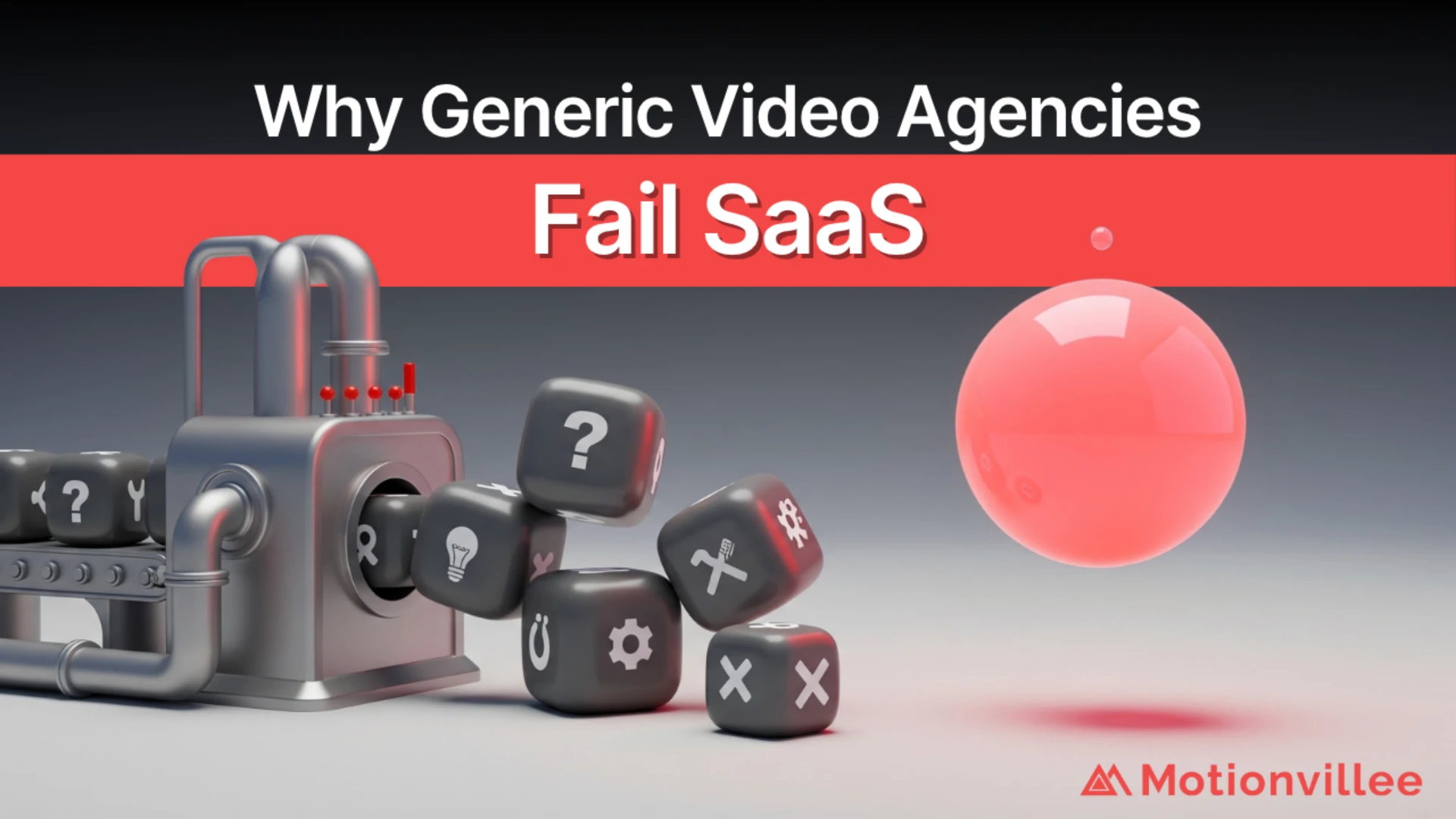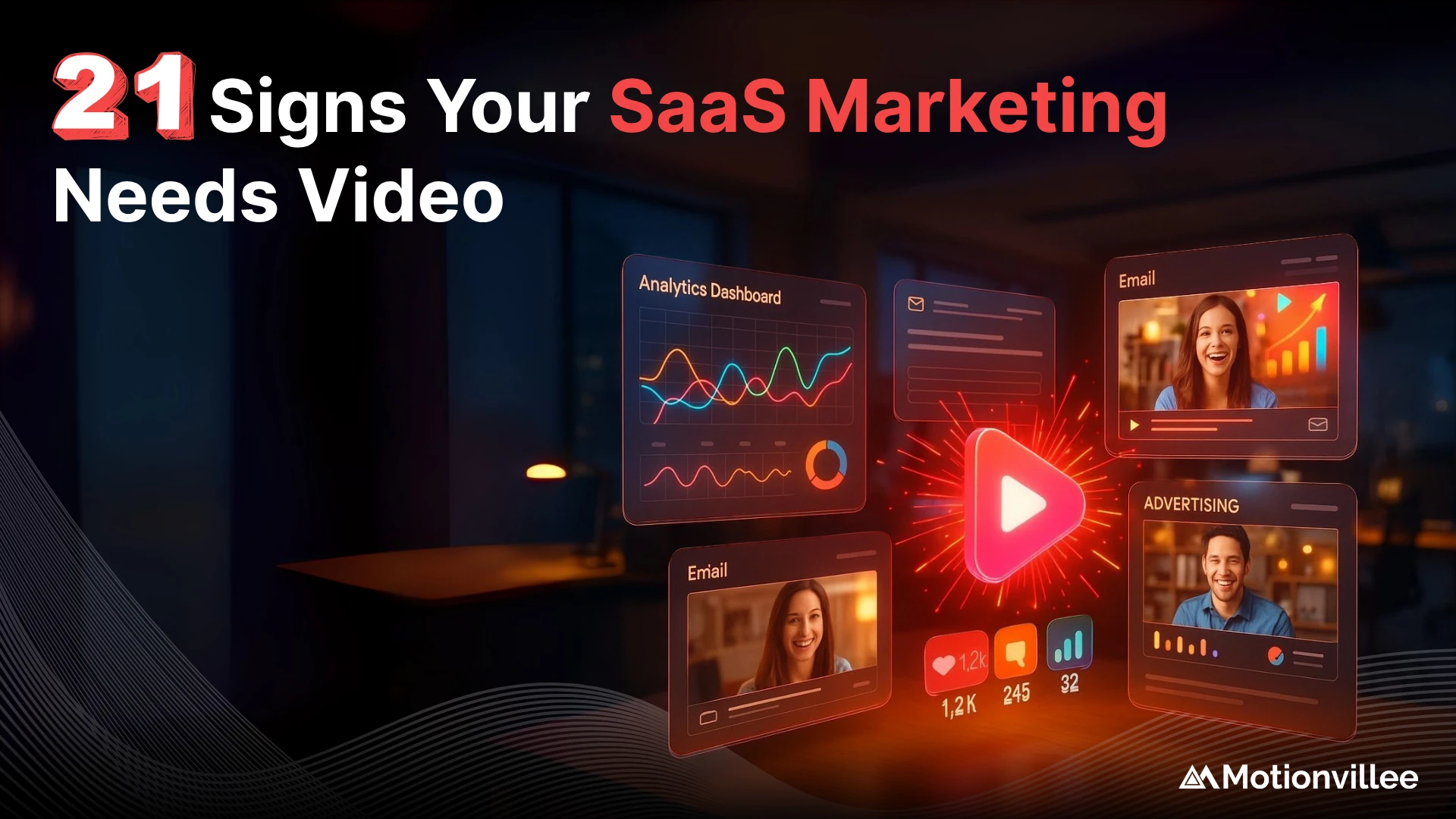Cybersecurity is no longer just an IT problem; it’s a business imperative. With the increasing sophistication of cyber threats, companies must consistently educate both employees and clients to protect sensitive data. However, complex cybersecurity concepts can be overwhelming to communicate effectively. This is where cybersecurity explainer videos come into play.
These videos simplify technical jargon, engage viewers with captivating visuals, and make complex cybersecurity issues easy to understand. Cybersecurity video Production can improve awareness, enhance training programs, or position your company as a trusted authority for clients. But how do you create an effective cybersecurity explainer video that achieves these goals?
To help you succeed, we’ve outlined six best practices to guide the creation of compelling, informative, and actionable cybersecurity explainer videos.

Why Cybersecurity Explainer Videos Matter
The global cost of cybercrime is predicted to reach $10.5 trillion annually by 2025. Yet, 95% of cybersecurity breaches still occur due to human error. This makes education and awareness a top priority for organizations.
Cybersecurity explainer videos are powerful tools that simplify complex concepts like phishing attacks, credential theft, and malware. Whether training internal teams or educating external clients, these videos bridge the gap between technical expertise and digestible learning.
Consider this scenario: NASA developed an animated cybersecurity explainer video for internal training. It simplified phishing detection techniques for employees, reducing phishing-related incidents by 60% within a year.
Additionally, in industries like financial services or healthcare, these videos can enhance client trust by demonstrating your commitment to safeguarding sensitive information. By using storytelling, animations, and actionable insights, they leave a lasting impression.
Whether delivering internal cybersecurity training or external client education, following these six best practices will ensure your videos resonate.
6 Best Practices for Creating Effective Cybersecurity Explainer Videos
1. Define a Clear Purpose and Target Audience
Before launching into production, clarify the goal of your video. Is it for internal training, client education, or promoting a service? Defining a clear objective ensures your messaging aligns with your audience’s needs.
For internal videos, focus on improving employee compliance by addressing scenarios like phishing detection and password management. Client-facing videos, on the other hand, can showcase your company’s commitment to protecting sensitive client data.
For example, a leading bank developed a cybersecurity training video focused on multi-factor authentication for customers. By using characters experiencing relatable situations, it increased customer adoption of higher-security measures by 37%.
Actionable Tip
Break down your larger goal into smaller outcomes. For instance, if the purpose is reducing phishing incidents, structure your video around tactics employees can adopt immediately.
2. Create a Concise and Engaging Script
The script is at the heart of an engaging video. Effective cybersecurity explainer videos keep the messaging simple, avoid unnecessary jargon, and focus on delivering clear, valuable takeaways.
Instead of overwhelming your audience with technical terms, focus on scenarios they can relate to. For example, when explaining malware, use phrases like, “Think of malware like an unwelcome guest sneaking into your house,” rather than detailed coding descriptions.
Keep your video between 2–3 minutes. Studies show that viewer engagement drops sharply after 3 minutes for educational videos.
Actionable Tip
Structure your script with the classic storytelling framework of problem-solution-action (PSA). Present the problem (e.g., phishing scams), offer insights as a solution, and conclude with actionable steps for viewers to take.
3. Prioritize Visual Design
The visual element elevates a cybersecurity animated video, transforming complex ideas into easy-to-digest formats. Use dynamic animations, infographics, and creative storytelling to make the content visually engaging.
For example, instead of describing how malware spreads, use animated text to demonstrate its path from a phishing email to a compromised system. Engaging visuals not only simplify the learning process but also make your video more memorable.
Actionable Tip
Invest in high-quality visuals and ensure your color scheme and branding align with your corporate identity. Tools like Vyond and Powtoon are useful for simple animation needs, while professional video services deliver polished outputs.
4. Incorporate Clear and Actionable Messaging
Your cybersecurity explainer video should leave viewers with actionable steps. Without clarity in what the audience should do next, your communication goals may fall short.
For internal videos, emphasize key actions like, “Always verify email senders before opening attachments,” or, “Use unique passwords for each account.” Focus on promoting habits that reduce security risks.
You can amplify learning through visual cues like step-by-step guides or checklists at the end of your video.
Actionable Tip
Test your messaging before release. Play the video for a small group of employees or clients and ask them to summarize the key takeaways. Refine based on their feedback.
5. Use Professional Voiceovers and Sound Design
The tone, clarity, and delivery of your voiceover significantly impact audience engagement. A strong voiceover transforms a cybersecurity video from mere information delivery to an interactive experience.
Choose voiceover artists who sound credible and approachable for your target audience. For example, a professional yet conversational tone works well for explaining phishing threats to employees. Accompany the narration with subtle background music and sound effects to keep the video lively without being distracting.
Actionable Tip
Keep the voiceover synchronized with your visuals. Consider working with professional studios or tools like Descript for high-quality outcomes.
6. Leverage Metrics and Feedback to Improve
Your first video is just the beginning. Monitor its performance and analyze metrics like views, engagement duration, and feedback to improve future content.
Platforms like YouTube Analytics or Vimeo allow you to double down on what works and eliminate ineffective elements. For example, if 50% of viewers stop watching after the first minute, revisit your scripting and visual introduction to better captivate your audience early on.
Actionable Tip
Include surveys or feedback forms with questions like, “What did you find most valuable?” and “Which areas could be clearer?” Iterating based on insights will keep your videos relevant over time.
Take the First Step Toward Safer Cybersecurity
Clear, concise, and polished cybersecurity explainer videos can transform how your organization communicates critical concepts. They improve employee compliance, build client trust, and position your brand as a forward-thinking industry leader.
If you’re ready to create a video that protects your team and resonates with your audience, get in touch with us to start a conversation. Our team is here to help you bring complex cybersecurity topics to life with clarity and confidence.
A great cybersecurity explainer video isn’t just informative — it’s essential. Protect your business, one engaging video at a time.






